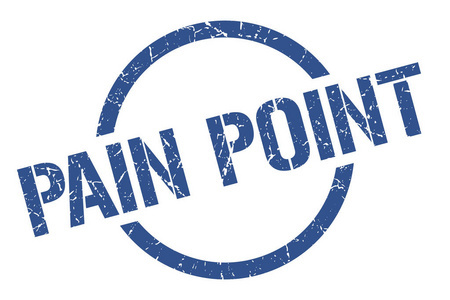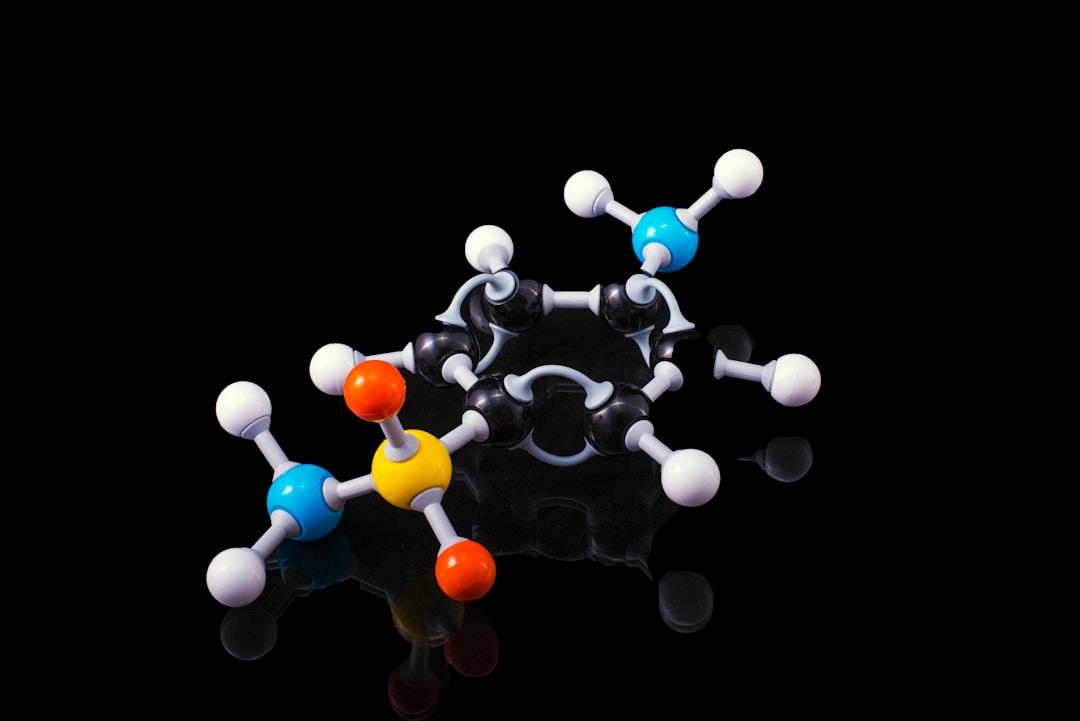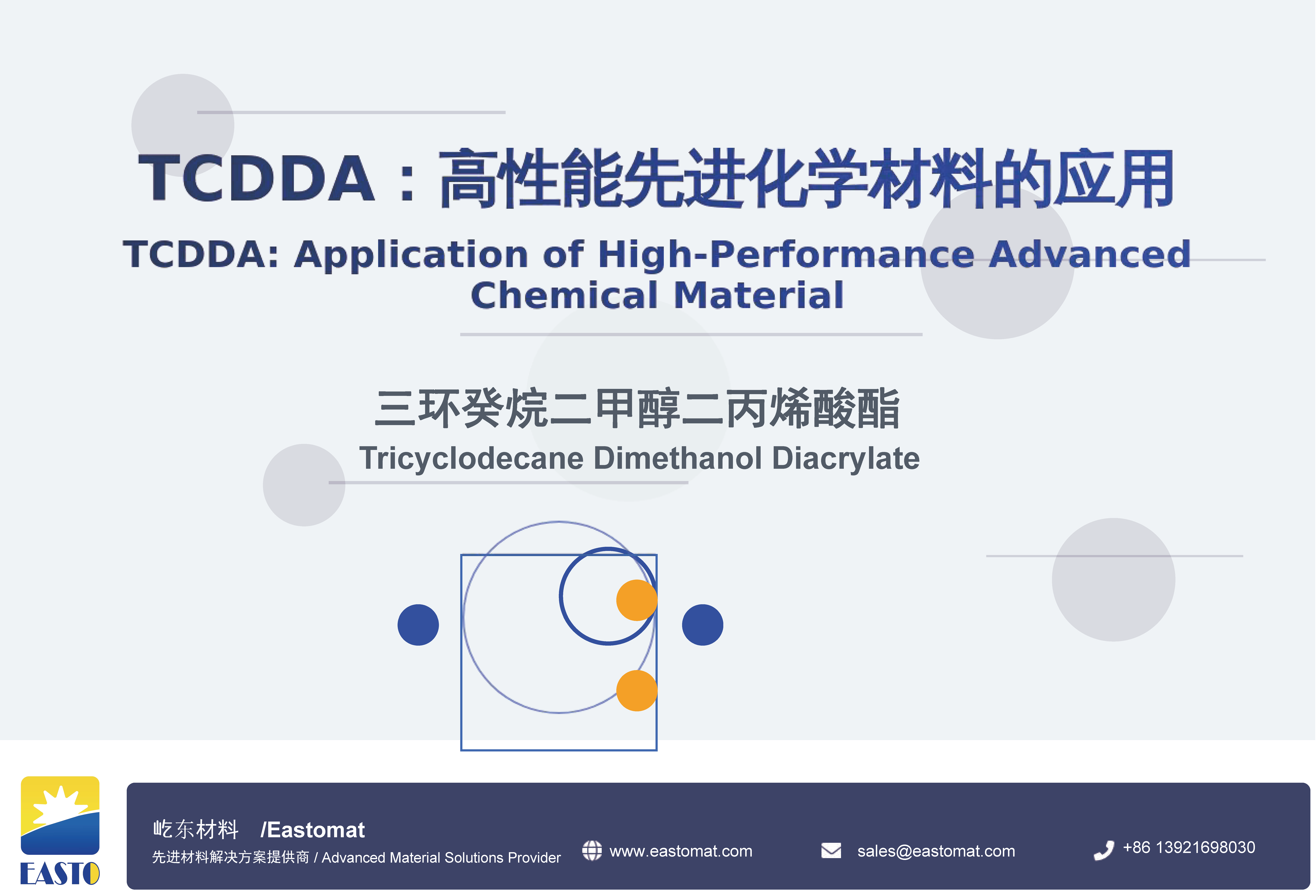The UV/EB Curing Industry in My Eyes(Part II: Dispelling the Fog and Seeing the Light)
Release time:
2025-06-15
After complaining about many pain points, it doesn't mean the industry has no future. On the contrary, it is precisely these challenges that create opportunities for continuous innovation and breakthroughs. In my opinion, the future of UV/EB curing technology remains bright, but we need to identify the right direction and make continuous efforts.
Dispelling the Fog and Seeing the Future: Industry Development Trends Outlook
- The Inevitable Trend and Continuous Optimization of LED Curing: The replacement of traditional mercury lamps by UV LED curing is an undeniable trend. Future development directions include: first, continuous improvement in the efficiency and further reduction in the cost of LED light sources ; second, expansion of wavelengths, such as the application of UVC LEDs in sterilization and surface treatment; and third, the development of matching high-efficiency, low-cost photoinitiators and resin systems. Low-energy UV LED curing technology is an important direction for progress; it is not only an energy-saving and environmentally friendly choice but also a foundation for precise control and expanding new applications.
- The "Starry Ocean" of Special Functional Materials: The market for general-purpose UV-curable materials is highly competitive with limited profit margins. Future growth points lie in developing special functional materials for specific application scenarios. For example, high-precision, high-performance photosensitive resins for 3D printing/additive manufacturing ; flexible UV-curable conductive inks and insulating coatings for flexible electronics ; biocompatible UV adhesives and medical coatings for biomedical applications; and smart coatings (e.g., self-healing, temperature-sensitive color-changing) and high-performance optical films. These emerging fields impose higher and more complex requirements on material performance, driving UV technology innovation.
- The "Main Melody" of Green and Sustainable Development: Under the "dual carbon" goals (carbon peaking and carbon neutrality), the greening and sustainable development of UV curing technology is an eternal theme. This includes vigorously developing water-based UV technology to further reduce VOCs content ; actively exploring the application of bio-based/renewable raw materials in UV-curable materials to reduce reliance on petroleum-based resources ; and further developing solvent-free or high-solid-content systems to reduce environmental impact from the source.
- The "New Play" of Intelligent and Customized Solutions: In the future, UV curing will not only sell materials and equipment but also provide comprehensive solutions. By combining sensor technology, big data analysis, and artificial intelligence algorithms, the curing process can be monitored in real-time, process parameters optimized, and intelligent control achieved. Simultaneously, providing customized formulation design and equipment matching services for different customer needs will be an important means to enhance competitiveness.
The Breakthrough Path and Value Highlight of EB Technology
For EB technology to move from "aloof" to "approachable," equipment is key.
- Equipment Miniaturization, Cost Reduction, and Ease of Use: In the future, if more compact, better self-shielding, moderately energetic, and more cost-friendly low-energy electron beam equipment can be developed, significantly lowering the barrier to use, the application scope of EB technology will undoubtedly expand greatly, just like the transition from mainframes to personal computers.
- "Value Highlight" in High-End, Sensitive Fields: Leveraging its unique advantages such as no initiator requirement, thorough curing, no migration, and low-temperature curing, EB technology's value will become increasingly prominent in fields with stringent environmental, safety, and performance requirements. Examples include aseptic food packaging (especially surface sterilization and ink curing for liquid food packaging), surface treatment and coating curing of medical devices, rapid curing of high-performance composite materials (e.g., carbon fiber composites), and surface treatment of high-end printed materials (e.g., cigarette packs, wine labels). Analysis indicates that EB curing technology, with its no-residue and high biocompatibility, has great potential in medical catheters and wearable devices.
- "Intermarriage and Combination" of Technologies: A single technology often struggles to meet all complex application demands. In the future, the "intermarriage and combination" of EB technology with UV technology, thermal curing technology, etc., i.e., the development of dual-curing or multi-curing technologies, will be an important trend. For example, UV priming + EB topcoating, or UV pre-curing + thermal post-curing, can leverage respective strengths to complement weaknesses and meet more demanding performance requirements.
- One of the "Ultimate Solutions" for UV's "Old and Difficult" Problems: For applications where UV curing struggles with thick film curing, dark or high-opacity systems, and extremely high requirements for photoinitiator residue, EB curing offers a very effective solution. It can be said that EB technology is an important complement and upgrade direction for UV technology. Some views hold that EB can solve three major pain points of UV curing: high speed (lower cost for large-batch curing), deep curing (thick films, 3D curing), and thorough curing (no monomer small molecule residues, suitable for food packaging).
Macro Benefits for Industry Development
- New Engine for Green Manufacturing under "Dual Carbon" Goals: Radiation curing technology, as an efficient, energy-saving, and environmentally friendly green manufacturing technology, is highly aligned with the national "carbon peaking and carbon neutrality" strategic goals. In the future, driven by continuous policies, the substitution of traditional high-energy-consuming, high-polluting processes will accelerate, and the market penetration of radiation curing technology is expected to further increase. This is undoubtedly a major positive for the entire industry's development.
- Strong Pull from Emerging Industries: The rapid development of strategic emerging industries such as new energy vehicles (e.g., battery encapsulation materials, interior and exterior coatings), 5G communication (e.g., high-frequency high-speed substrate materials, optical component bonding), aerospace (e.g., special coatings, composite materials), and semiconductor manufacturing (e.g., photoresists, encapsulation materials) is creating strong demand for high-performance, specialized radiation-curable materials. For example, the surging demand for battery encapsulation in new energy vehicles and bonding of lightweight body materials (e.g., carbon fiber) makes EB adhesives a preferred choice due to their deep curing capability; high-frequency signal transmission in 5G equipment requires higher dielectric properties from adhesives, deepening the application of UV adhesives. These "new tracks" will bring huge growth space and development opportunities to the radiation curing industry.
- "Accelerated Run" of Industrial Chain Collaboration and Domestic Substitution: Facing the risks of "bottlenecks" in key raw materials and core equipment, as well as increasingly fierce international competition, strengthening collaborative cooperation among upstream and downstream enterprises in the industrial chain, jointly overcoming technical bottlenecks, and improving the localization level and independent controllability of key materials and core equipment will be the inevitable choice for the industry's future development.
- "Infinite Possibilities" of Cross-Border Integration and Technological Innovation: Future technological innovation often stems from the interdisciplinary integration of different fields. The combination of radiation curing technology with other cutting-edge technologies such as nanotechnology (e.g., developing nano-enhanced UV coatings), biotechnology (e.g., bio-based photosensitive monomers, enzyme-catalyzed curing), and information technology (e.g., AI-based formulation design and process optimization) may give birth to disruptive products and applications, bringing infinite possibilities to the industry.
In conclusion, the UV/EB curing industry presents both opportunities and challenges. The road ahead is long, requiring concerted efforts from all colleagues in the industry to overcome difficulties and continuously innovate. The journey is far, and the UV/EB meal must continue to be served, striving to make it more delicious and stable! Your valuable insights, criticisms, and exchanges are highly welcome to jointly make our industry more prosperous!
UV/EB CURING
Previous Page
Previous Page
Latest News
Get a Free Consultancy
NANTONG EASTO MATERIALS TECHNOLOGY CO.,LTD.

No.118,Zhujiang Rd.,Juegang St.,Rudong County,
Nantong City,Jiangsu Province,226400,China




 2025-06-15
2025-06-15







